Mongolia. On the nomadic trails. With Fuji X-T1 and X100s
I have always dreamed about visiting Mongolia. Ever since I was young boy and I first time read stories about Genghis Khan. I watched every documentary about this remote exotic country. With eyes glued to the screen I promised myself that one day, I definitely make the trip. My time came in fall 2015 and I visited the country twice! During my first trip I climbed Khüiten, the highest peak in Mongolia. I also attended the annual Eagle Hunting Festivall in Bayan-Ölgii province. Couple of weeks later, I had to unexpectedly relocate to different part of the world for work and with few months to spare in between the jobs, I decided to travel. Mongolia was the obvious choice again since I was so impressed first time.
As before any trip, I usually do my research about destination, people, customs etc. Still to this day, more than half of Mongolian population lives nomadic lifestyle. Country is the 19th largest and distances are vast. There is so much to see and good planning is essential. Hardest part is to pick a destination from all those great places. For my first trip I picked Western Mongolia. I decided to climb Khüiten. Expedition was planned just before annual Eagle Hunting Festival. So I planned everything around it. I definitely wanted to see Kazakh Eagle hunters in action. It is possible to move around country on your own, but with limited time to spare, it is better to arrange the trip with local travel agency. For the second trip I went for completely different experience. While first time around I had a guide and translator with me all the time, on this occasion I was completely on my own. I decided to spend one week with nomadic family and get a taste of real nomadic Mongolian life. The family ger (yurt) was in very remote location in Dundgovi province and there was no-one to help or translate. It was just the family of four and myself. Very interesting experience indeed. Not easy and definitely not for everybody but I loved every bit of it.
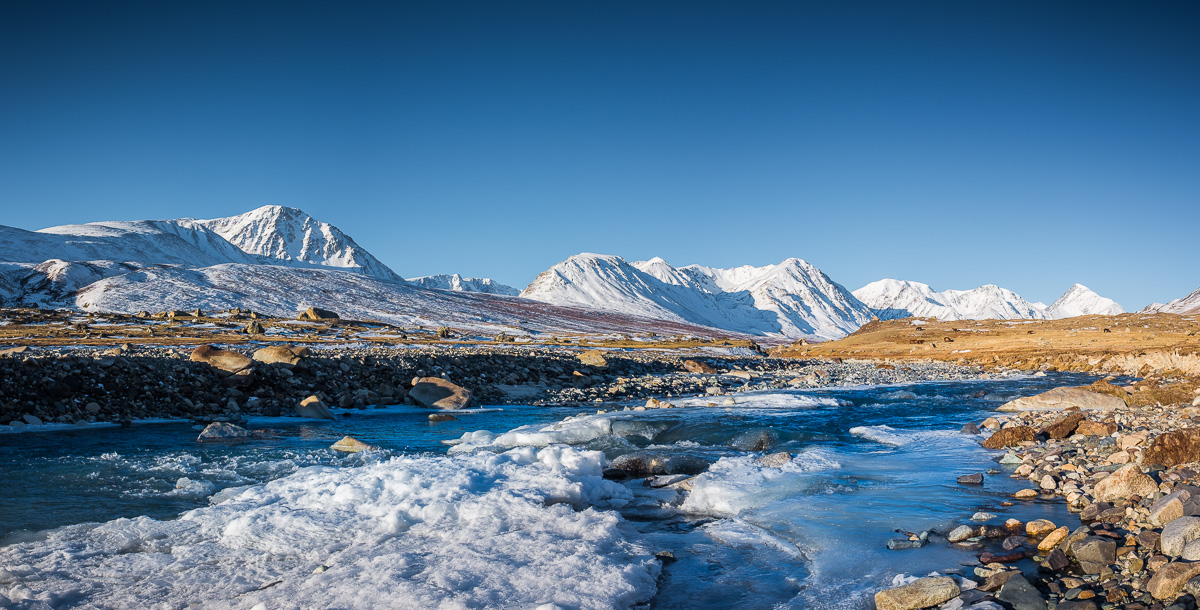

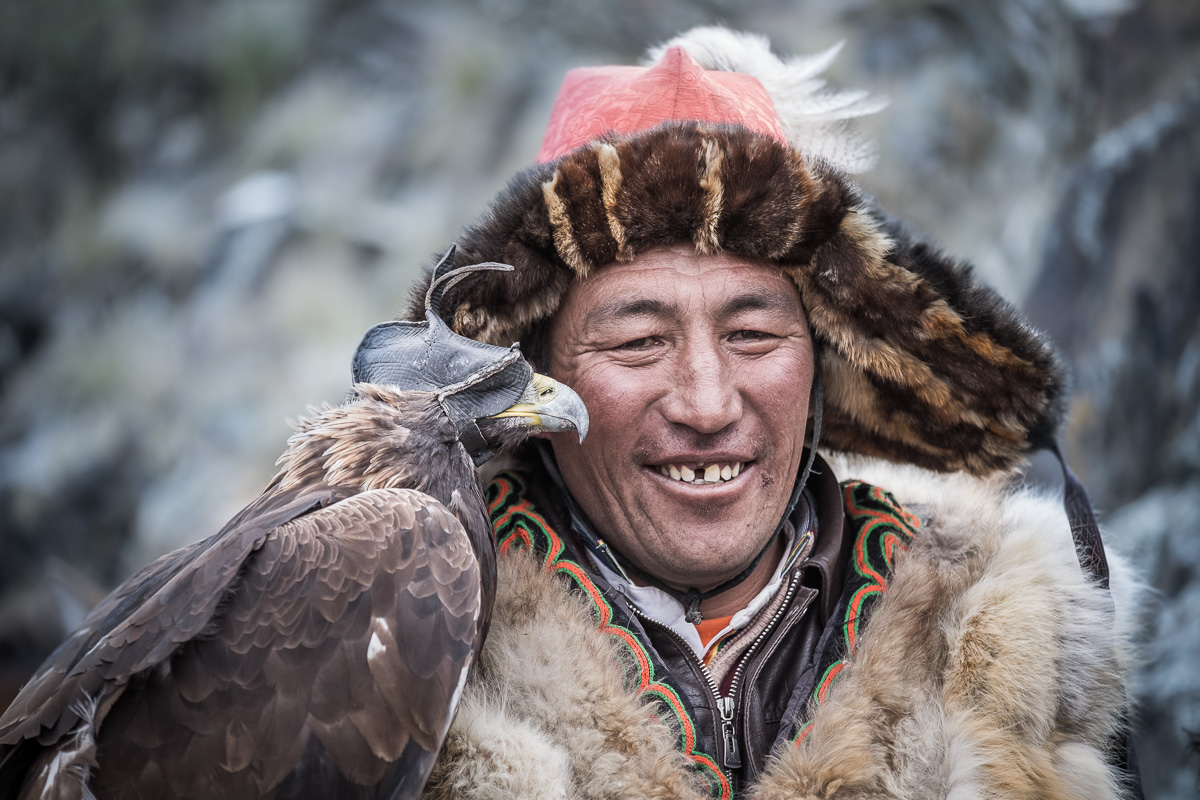

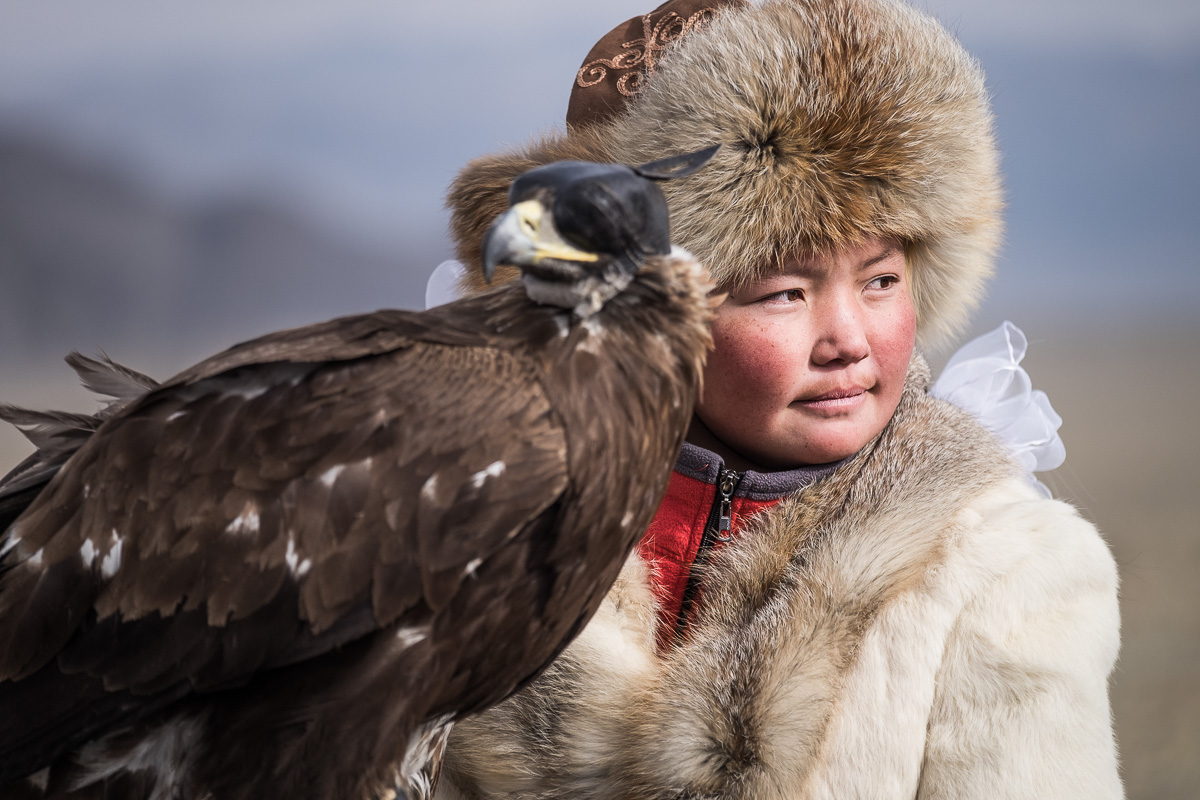

Information gathered during research comes in handy during preparation for the trip. I always like to pack only the necessary things to keep the backpack as light as possible. That is not always an easy task. Weather in Mongolia is getting rather cold in late September. That means extra clothing will take plenty of space in backpack. Add to that the climbing gear (especially boots), and my backpack was at 20kg in no time. I had no choice. There was no option to rent the equipment at the spot.
As for photographic equipment, I took two Fuji cameras. X-T1 as main body and X100S as backup. Lens wise I took XF 14mm 2.8 and XF 50-140mm 2.8 WR. I was thinking about leaving the zoom home as it is quite big and heavy. I thought XF 56mm might suffice but, greater versatility of zoom prevailed and sure enough, I ended up using it quite a lot. The ability to compress the perspective of those vast open spaces makes perfectly good sense. For both cameras I took quite a few spare batteries. Out in the steppe there is no way to recharge them. I am yet to come up with good solution for battery management on these long trips to remote locations. I also took mid size carbon fibre tripod which didn’t get that much use. Obviously I packed whole bunch of memory cards and some additional accessories. All this equipment was part of my carry-on baggage. One thing to consider is it’s weight when taking domestic flight in Mongolia. They seem to be quite strict with the weight and size restrictions and I had to pay extra for excess weight. It didn’t break the bank though, so it was fine.
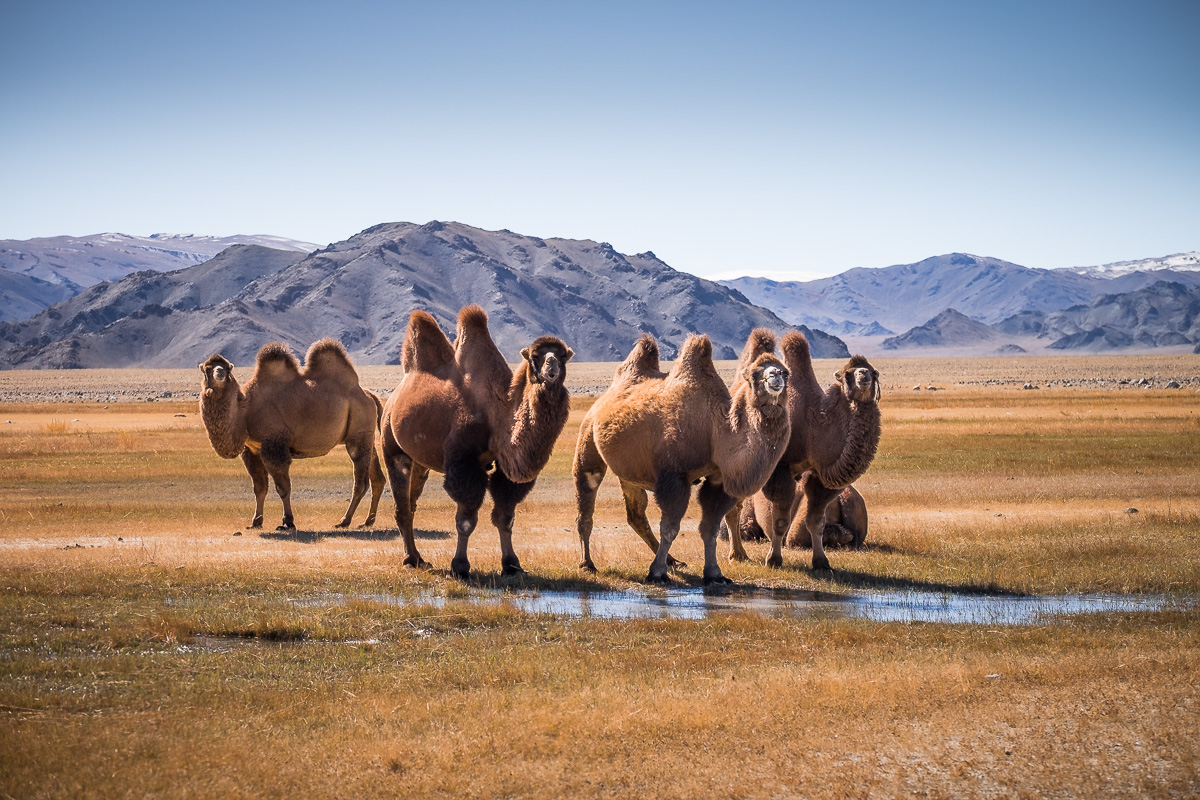



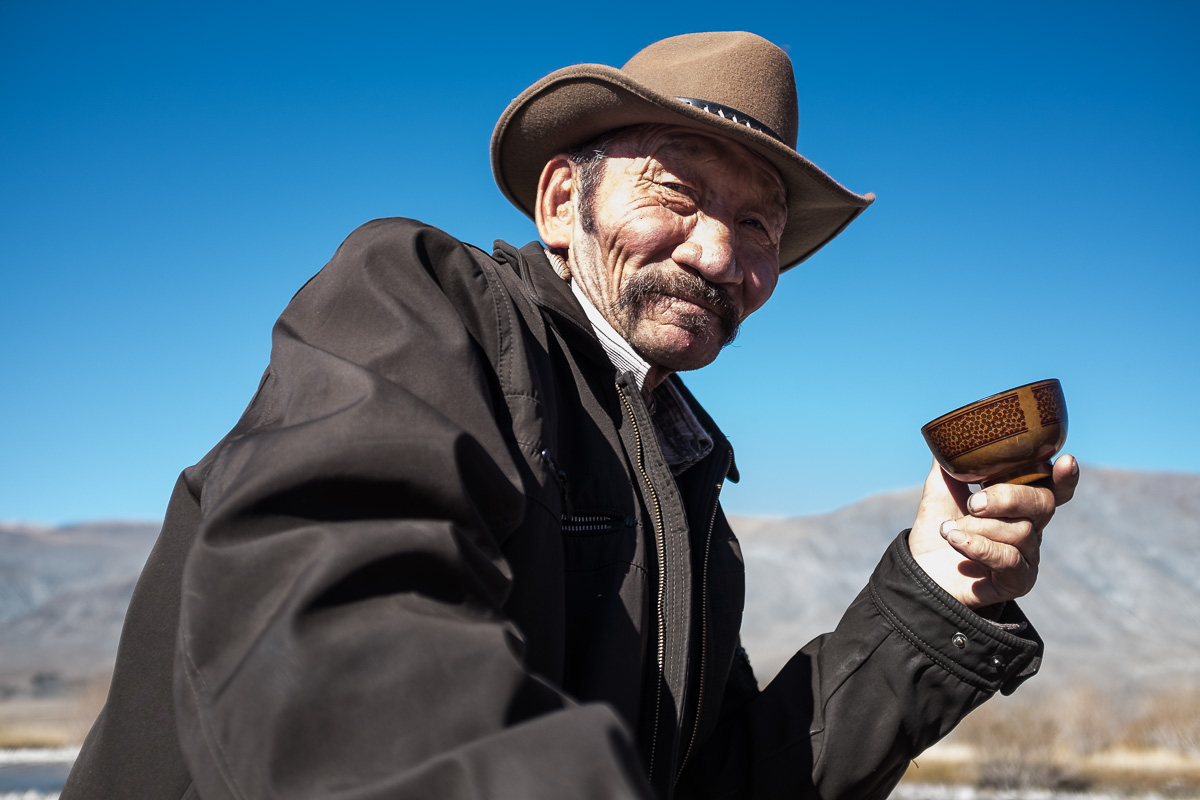

Every gear will be tested by Mongolian weather. You can expect a mixture of beautiful sunny days with deep blue skies as well as cold and gloomy days in late September. Some days and nights were exceptionally cold. Especially high in the mountains. On Khüiten expedition we had to sit out entire day and postpone the climb because of heavy snowfall and strong winds. During night the temperature dropped down to -20 degrees. Winter was in full swing on my second trip in second half of November. Country was covered with snow and temperatures were permanently below zero. About -10 degrees during the day and roughly -30 degrees during the night. Even inside the ger, the temperature can easily drop below zero without fire. Usually early in the morning, when the fire in the stove dies out. I clearly remember crawling out of sleeping bag in -12 degrees. and try to make fire in the little stove in the middle of the ger. When the fire is lit, it can get very hot quickly. That can be a problem for photographic gear. Frequent and rapid changes of temperature is no good for any camera or lens. And there is always a danger of condensation. There are ways to prevent that. Usually I put the cold camera inside plastic bag before entering the warm ger and wait till temperatures equalise. Occasionally my cameras got heavy condensation when I forgot to do so. They were often out in the cold and then back in hot ger repeatedly. I was little worried but they never, ever stopped working. Not a single glitch. Usually I just wiped the moist down and I was good to go. X-T1 and 50-140mm zoom are weather sealed, but my 14mm prime and X100S are not. However, they performed brilliantly. I took these little cameras and lenses on many trips. From hot and humid tropical jungles, through sea spray, rain and volcanic ash. I dragged them to 6500m altitude in Himalayas and they just worked. Honestly, I have beaten them up pretty bad and they still refuse to break down :).
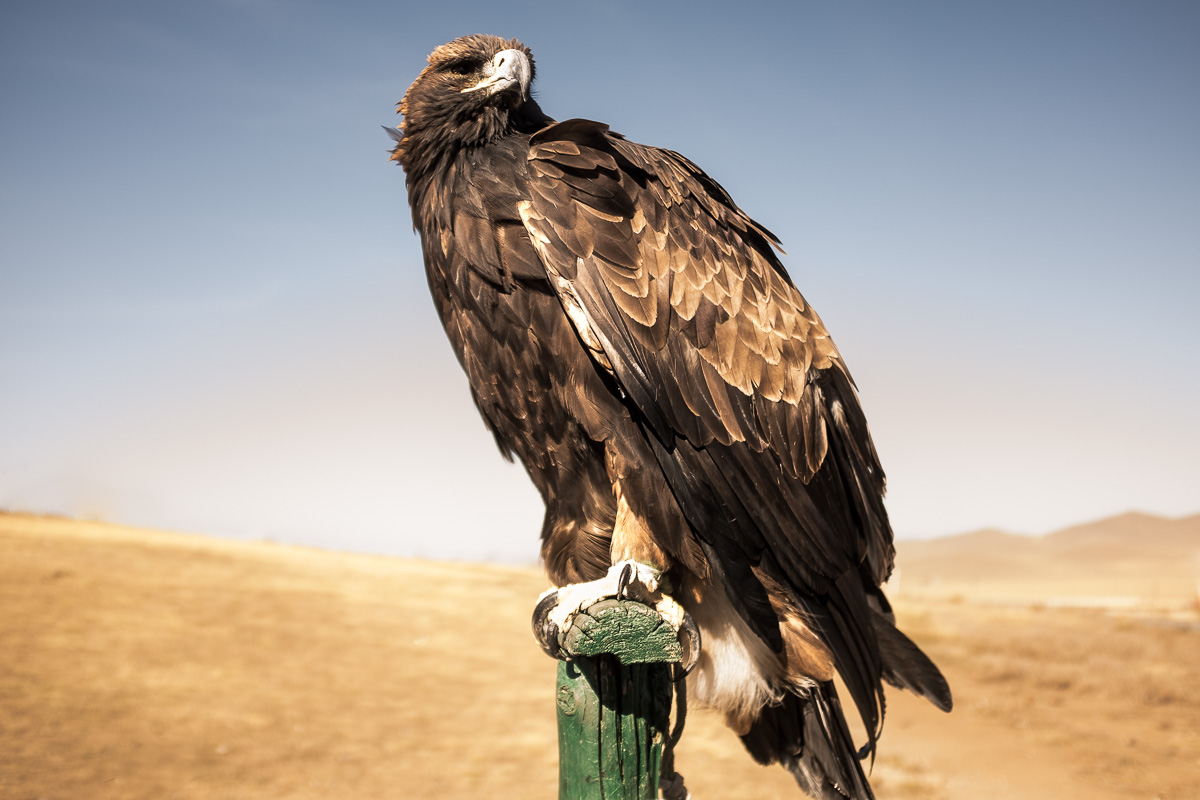

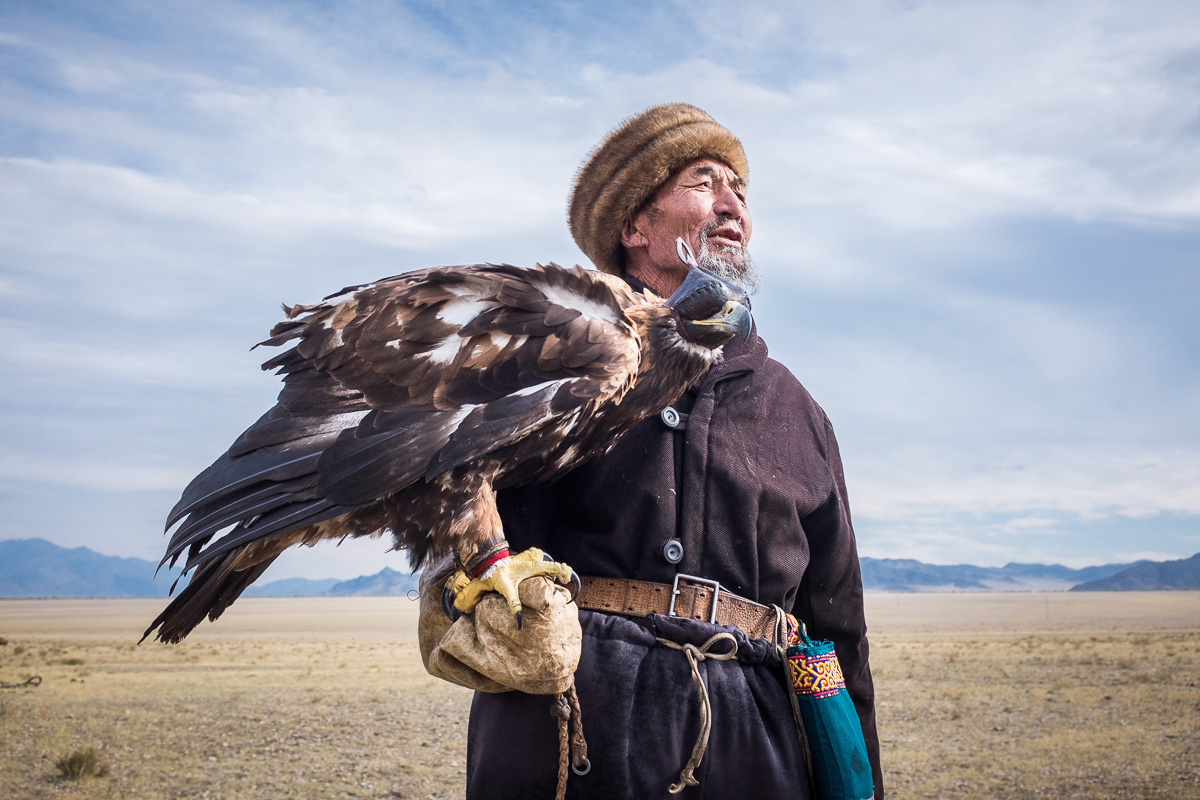

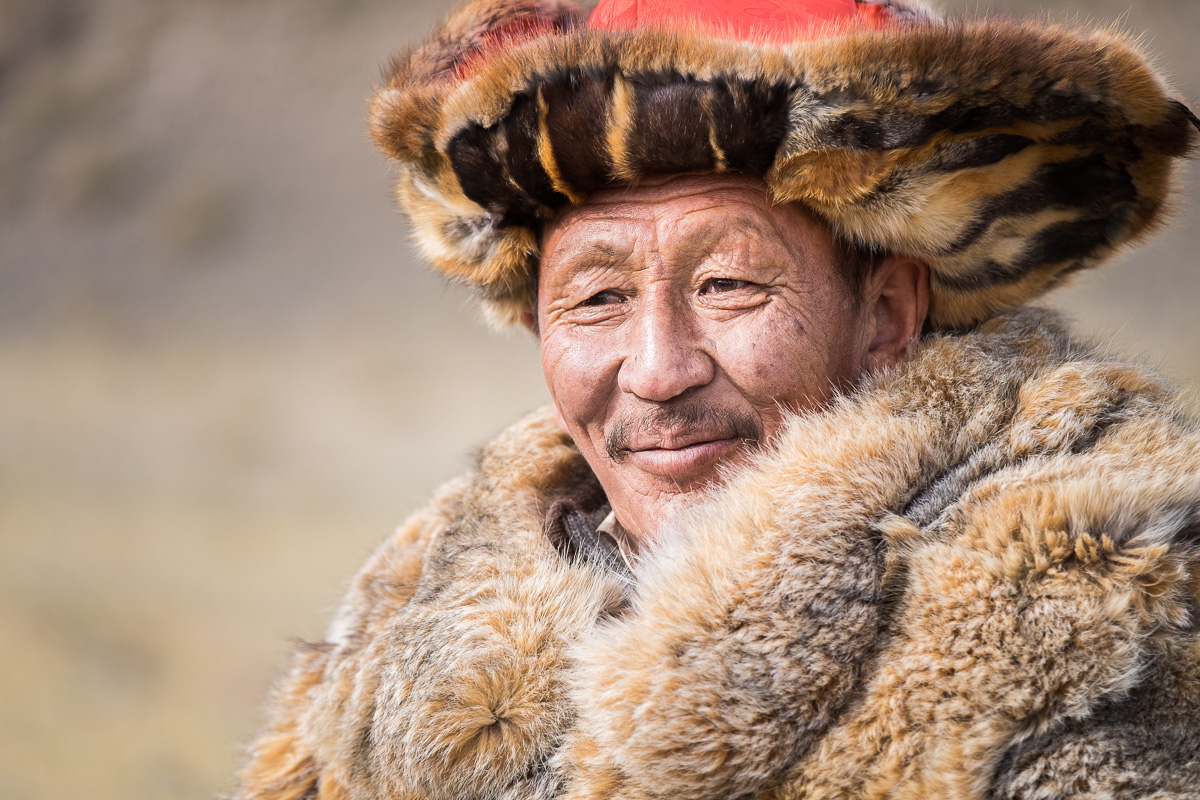

After the fact, I realised how lucky I was with my gear choice. I am glad I took 50-140mm zoom instead of 56mm prime. I would have travelled lighter but the zoom proved to be a better choice. It is the perfect lens to compress those vast landscapes and it does just fine as portrait lens. After all, these are not beauty shots and I didn’t really need that creamy bokeh of 56mm prime. On the other side, the image stabilisation was great to have and it worked like charm. Eagle Hunting Festival is very popular among tourists and locals alike. Longer telephoto might just be perfect to frame your subject in the crowd without any disturbing elements (most likely tourists with cameras). Do not despise X100S though, even in situation like this. I took the very nice close-up shot of Ashol-Pan with it. X100S was also great companion, when I spent time with nomads inside their homes. It is unobtrusive and silent. Just a great camera for the job.
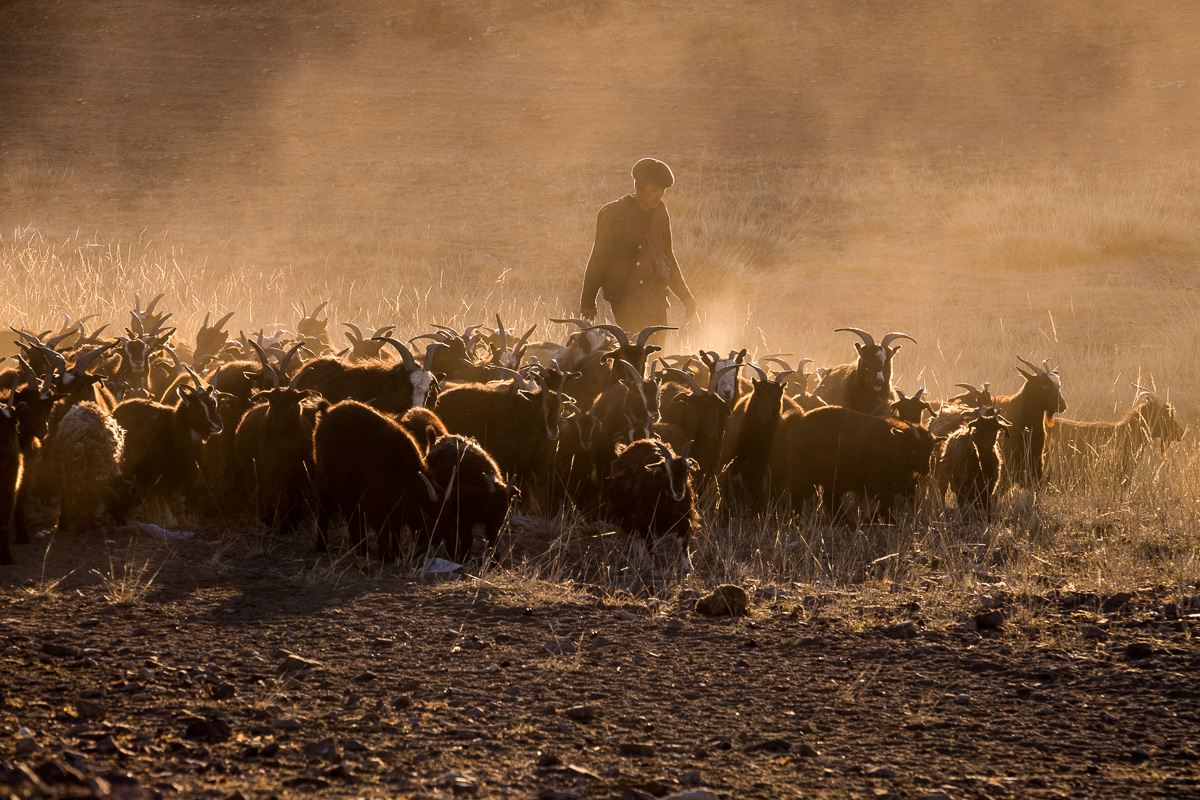

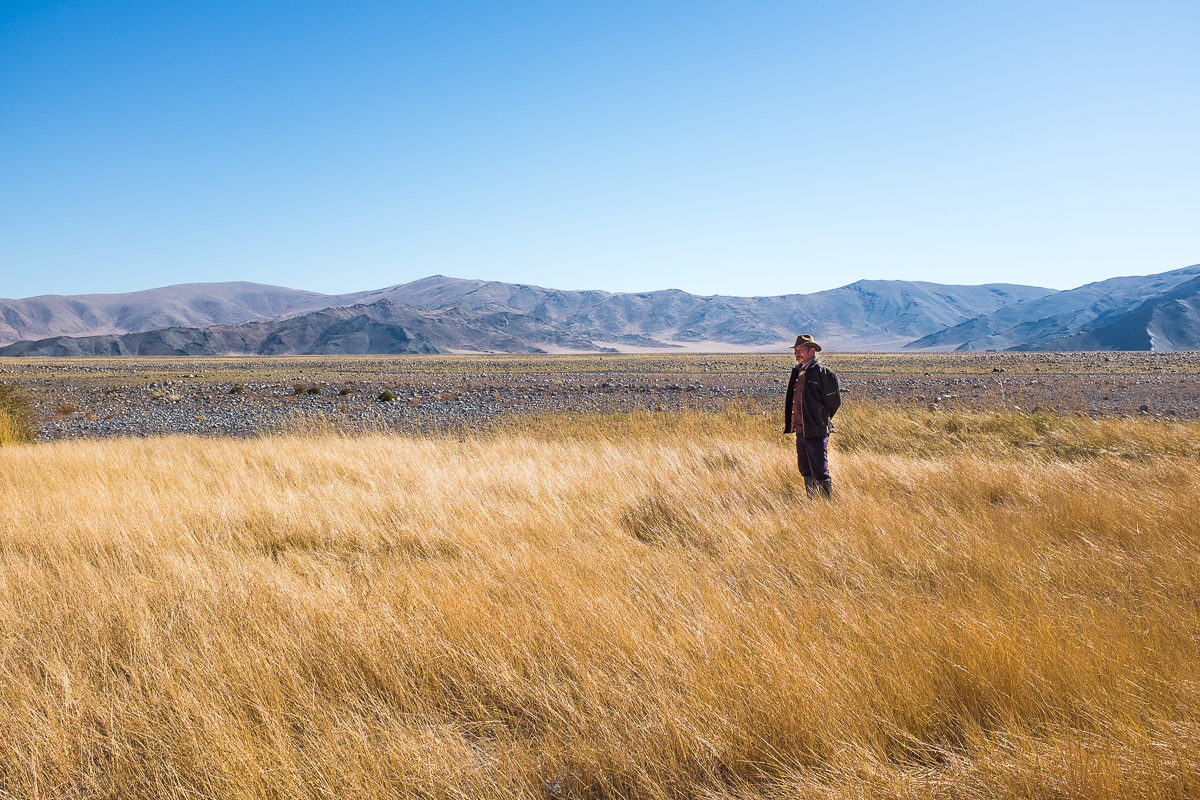

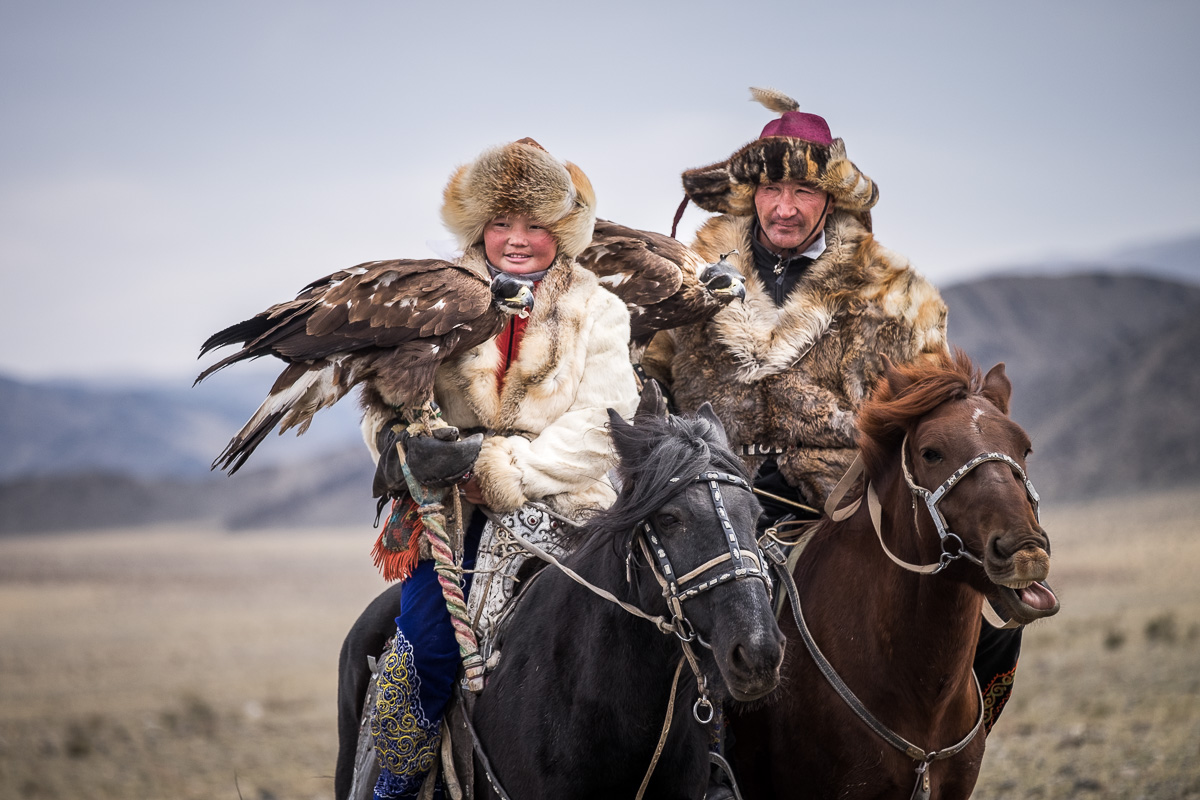

There are plenty of experiences to take home from Mongolia. Memories of this beautiful country and it’s hospitable people, will stay with you forever. It is very hard to say which part I liked the most. I’d say it’s the people. Mongolian hospitality is well known. I like the fact that one can show up at any ger and be treated as guest even though you are a complete stranger. This is something that is not so common in other parts of the world. There is always tea and some goodies to eat on the table. Every time we were invited to their homes, or even spent a night at their home, was very special. Nomadic life is tough. They have to get by without things, that we back home take for granted. Fact worth of mentioning is, that Mongolia is probably not an ideal country for vegans. Meat is part of Mongolian culture and heritage. It is on the menu daily. I had an interesting experience while staying with Tuvan family in Western Mongolia. I do eat meat but I am always used to have lean cut. In Mongolia, the fat meat is valued and welcome. It is good source of energy. During the dinner I was offered the first piece of freshly cooked goat. The chunk was about 5% lean meat and rest jelly like fat. It is not polite to refuse the food in Mongolia. Also, it is customary to finish the meal. I had no choice only to take and swallow that piece. Everybody else was waiting for my first bite before they started to dig into food. I survived the experience without harm. I really liked Aaruul , dried curds which went well with tea. After the meal, there was few rounds of arkhi, they home brewed drink distilled from fermented tarag (cow milk yogurt). I really enjoyed these moments.
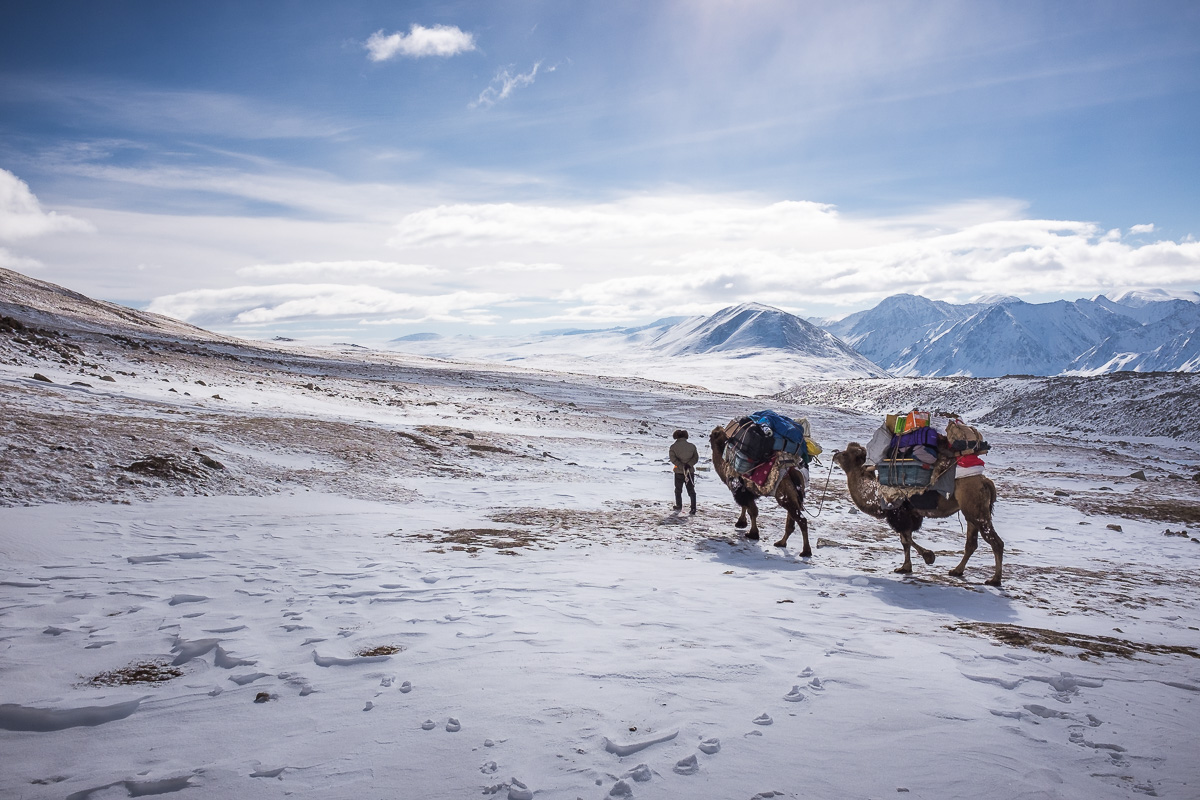

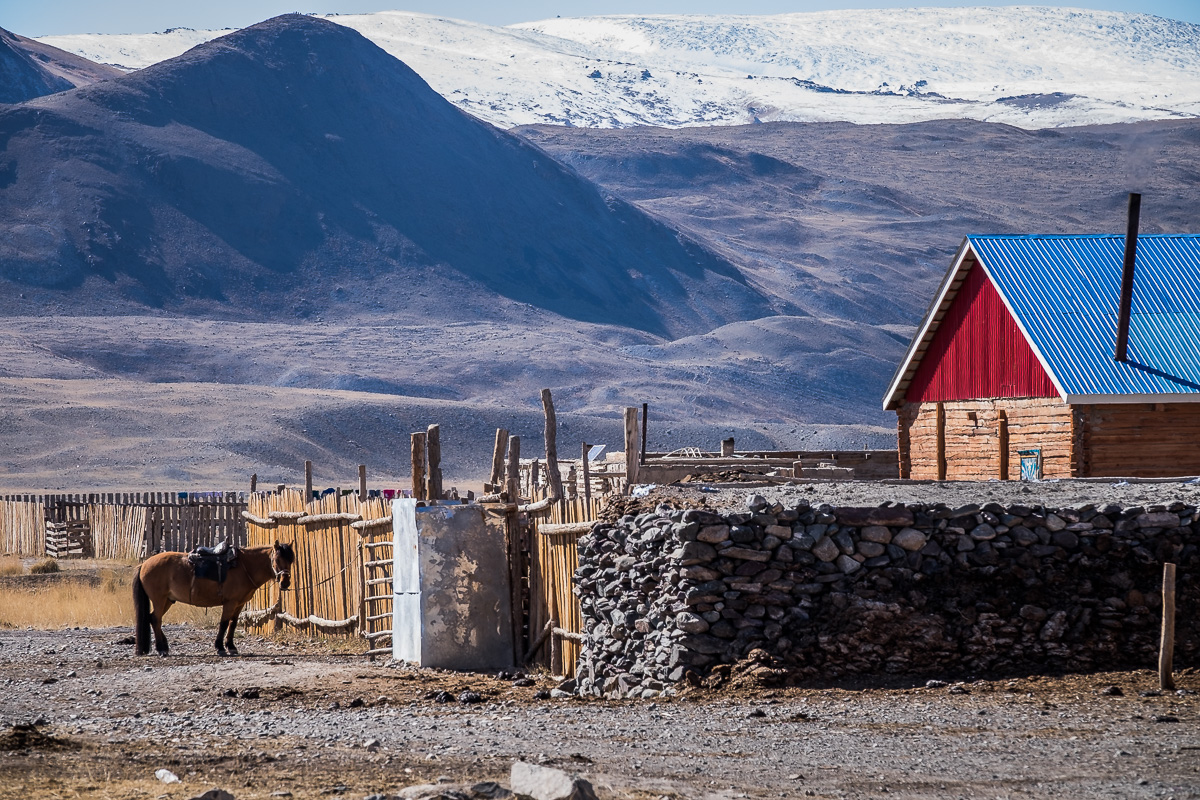

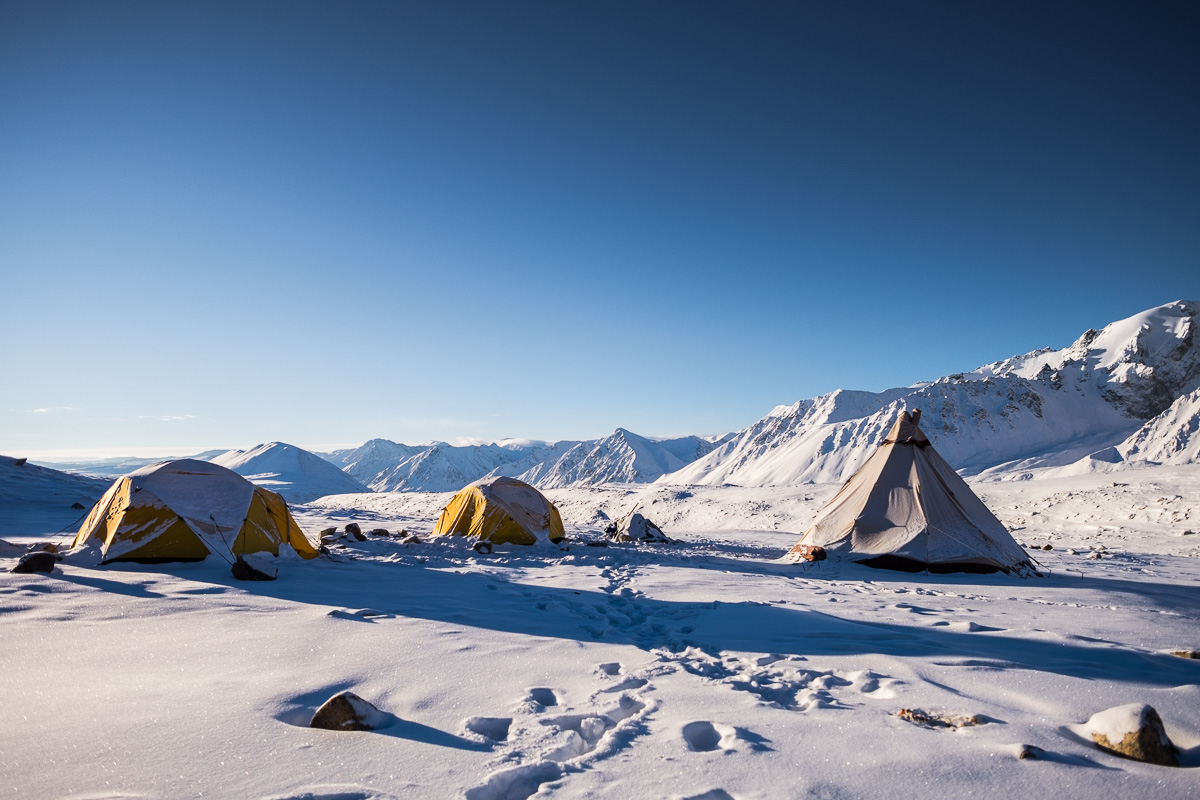

There is so much to talk about but I would need more time and room to describe everything. Maybe this short article will help you to come up with some travel plan and try all this for yourself. It is a life changing experience and adventure.As for me, I think two trips to Mongolia is just a start. There is so much to see. I am craving for more and I will definitely go back at some point. I made lots of local friends during these trips and I cannot wait to see them again. Happy and safe travels.






Mongolia. On the nomadic trails. With Fuji X-T1...
June 17, 2016 @ 5:23 am
[…] I have always dreamed about visiting Mongolia. Ever since I was young boy and I first time read stories about Genghis Khan. I watched every documentary about this remote exotic country. With eyes g… […]
Joe Hesketh
June 17, 2016 @ 3:53 pm
Amazing pictures ?
Luís Seco
June 18, 2016 @ 3:51 pm
These are very good photos. Excellent description of your trip too. Thanks for sharing.
Mongolia. On the nomadic trails. With Fuji X-T1 and X100s | Richard Simko
June 22, 2016 @ 7:58 am
[…] Source: Mongolia. On the nomadic trails. With Fuji X-T1 and X100s – FUJI X PASSION […]
Eric in Japan
June 23, 2016 @ 10:42 am
Great experience. Thank you for sharing!
Richard Simko
July 1, 2016 @ 11:01 am
Thank you. It is much appreciated.